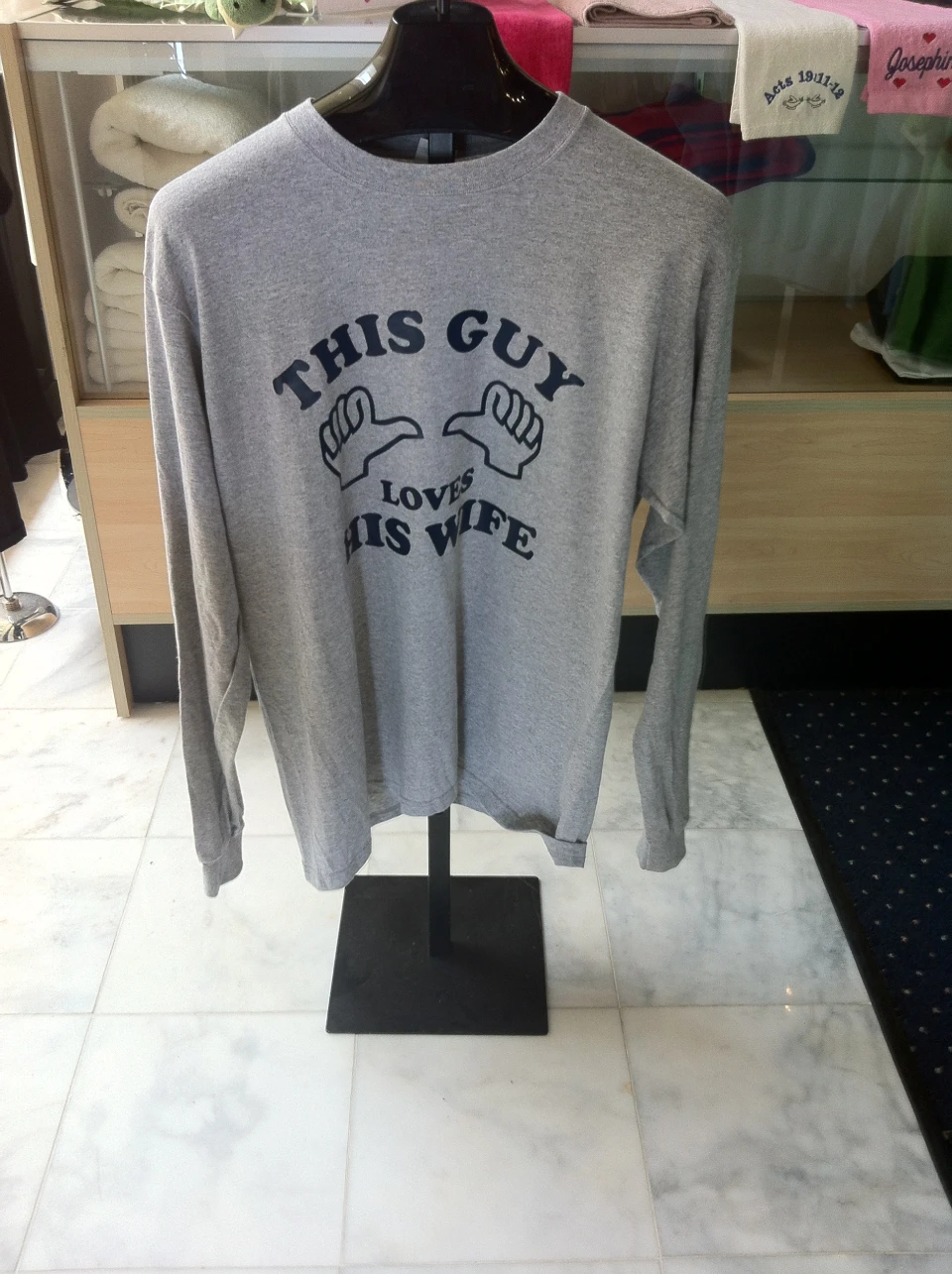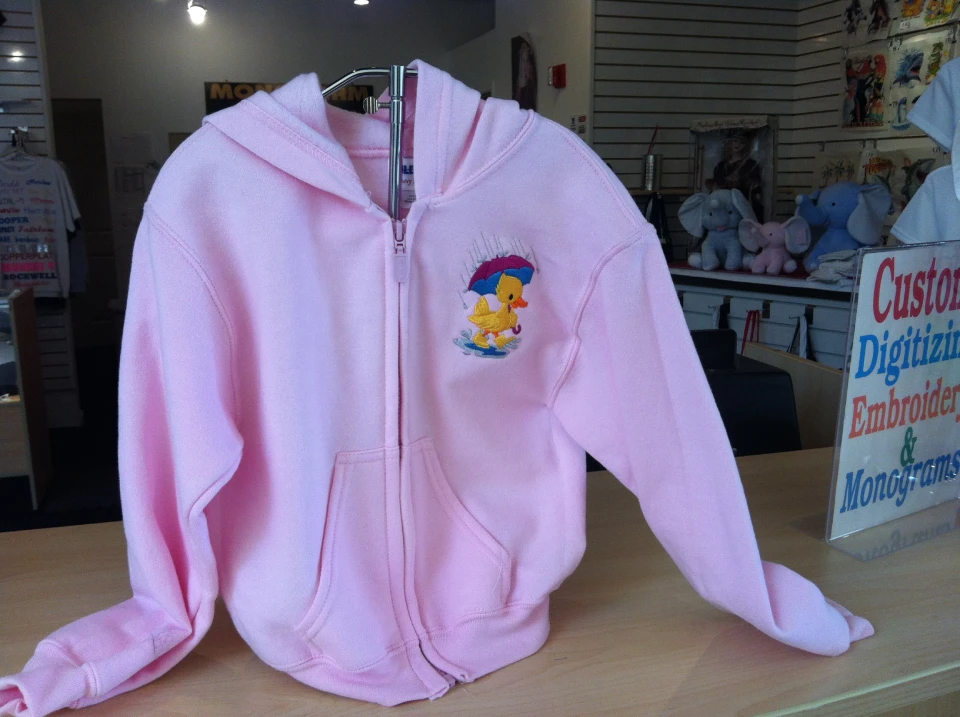The Art of Customized Needlework: Opening the Secrets to Creating Special and Unforgettable Styles
Needlework, a craft soaked in tradition and virtuosity, holds within its detailed stitches the power to transform material right into a canvas of one-of-a-kind expression. The keys to developing custom-made embroidery layouts that captivate the eye and leave a long lasting impression hinge on a delicate equilibrium of technique, creative thinking, and interest to detail. As we look into the globe of custom needlework, we discover the nuanced interplay in between string choice, sew intricacy, and style personalization that elevates a mere garment to a masterpiece. Join us on a journey with the art of custom embroidery as we decipher the secrets behind crafting really memorable and distinct creations.
Selecting the Right Embroidery Threads
When picking embroidery threads, what vital factors should you consider to ensure the ideal outcomes for your customized designs? The selection of embroidery thread is essential in establishing the final result of your embroidered layout.
Furthermore, the weight or thickness of the thread plays a significant function in the look of the embroidery. Thicker strings can include measurement and structure to your style, while finer strings are ideal for elaborate information and tiny message. In addition, considering the shade fastness and washability of the string is vital to guarantee that your customized layouts preserve their top quality and vibrancy in time. By very carefully examining these factors and picking high-quality threads that meet your specific requirements, you can improve the visual allure and durability of your stitched creations.
Exploring Different Stitch Techniques
To explore the world of 'Checking out Different Stitch Methods', one need to comprehend the complexities and nuances that each sewing method gives the art of embroidery. Different stitch methods not just include aesthetic interest but additionally add to the general texture and dimension of the design. One popular stitch technique is the satin stitch, which involves closely packed parallel stitches to create a smooth and shiny surface, suitable for filling up in forms and developing bold describes.
On the other hand, the backstitch is a functional strategy commonly used for describing and adding great details. It involves stitching backwards to produce a strong line of embroidery. Additionally, the French knot stitch adds a responsive element to designs, ideal for developing distinctive accents like blossom centers or decorative touches.
Exploring various stitch techniques enables embroiderers to have fun with light, shadow, and deepness within their layouts, boosting the aesthetic appeal and artistic quality of their needlework jobs. By understanding various stitching techniques, one can open endless opportunities for creating unique and remarkable custom embroidery items.
Incorporating Personalized Style Components
Having actually checked out the intricacies of different stitch strategies such as the satin stitch, backstitch, and French knot, the focus now changes towards incorporating customized layout aspects in custom needlework tasks. Individualized design components play an essential role in making embroidery projects truly distinct and memorable. One way to incorporate helpful site personalization is by including initials, names, or considerable dates to the design. This not just Homepage adds an individualized touch but additionally improves the nostalgic worth of the embroidery piece.
One more way to incorporate individualized layout components is by consisting of signs or concepts that hold unique definition to the recipient or mirror their passions and personality. For example, integrating a preferred blossom, animal, or hobby-related icon can make the needlework style more significant and individualized. Additionally, choosing shades that reverberate with the recipient or line up with the desired motif can additionally improve the customization of the needlework job.
Mastering the Art of Color Sychronisation

One key aspect of color sychronisation is recognizing shade theory. This includes understanding how different colors engage with each other, the feelings they convey, and exactly how they can be incorporated to develop aesthetically enticing layouts. By using shade concept concepts, embroiderers can produce unified color palettes that improve the general appearance of the design.
Additionally, taking note of comparison is essential in color control. Utilizing contrasting shades can assist certain aspects of the design pop, enhance readability, and create a visually dynamic embroidery piece. By grasping the art of shade control, embroiderers can boost their layouts and develop remarkable items that resonate with clients and audiences alike.
Enhancing Texture With Advanced Embroidery Stitches

French knots, for instance, are best for including small, raised dots to your style, imitating the look of beads or creating a distinctive surface. Bullion knots, on the other hand, can be used to develop twisted, ropelike aspects that add a glamorous feeling to the embroidery. Seed stitching entails small, scattered stitches that can fill out locations with a polychromatic appearance, while turkey work creates cosy, dimensional accents similar to animal hair or vegetation. Try out these advanced needlework stitches permits you to press the boundaries of typical embroidery and produce absolutely distinct and visually appealing appearances in your layouts.
Conclusion
To conclude, the art of customized needlework includes a combination of selecting the appropriate strings, exploring various stitch methods, including customized layout aspects, grasping color coordination, and improving texture with sophisticated stitches. By recognizing and carrying out these key aspects, embroiderers can produce distinct and unforgettable styles that showcase their creativity and skill. Embroidery fanatics can unlock the tricks to creating stunning and custom items that stand out and leave a long-term impression.